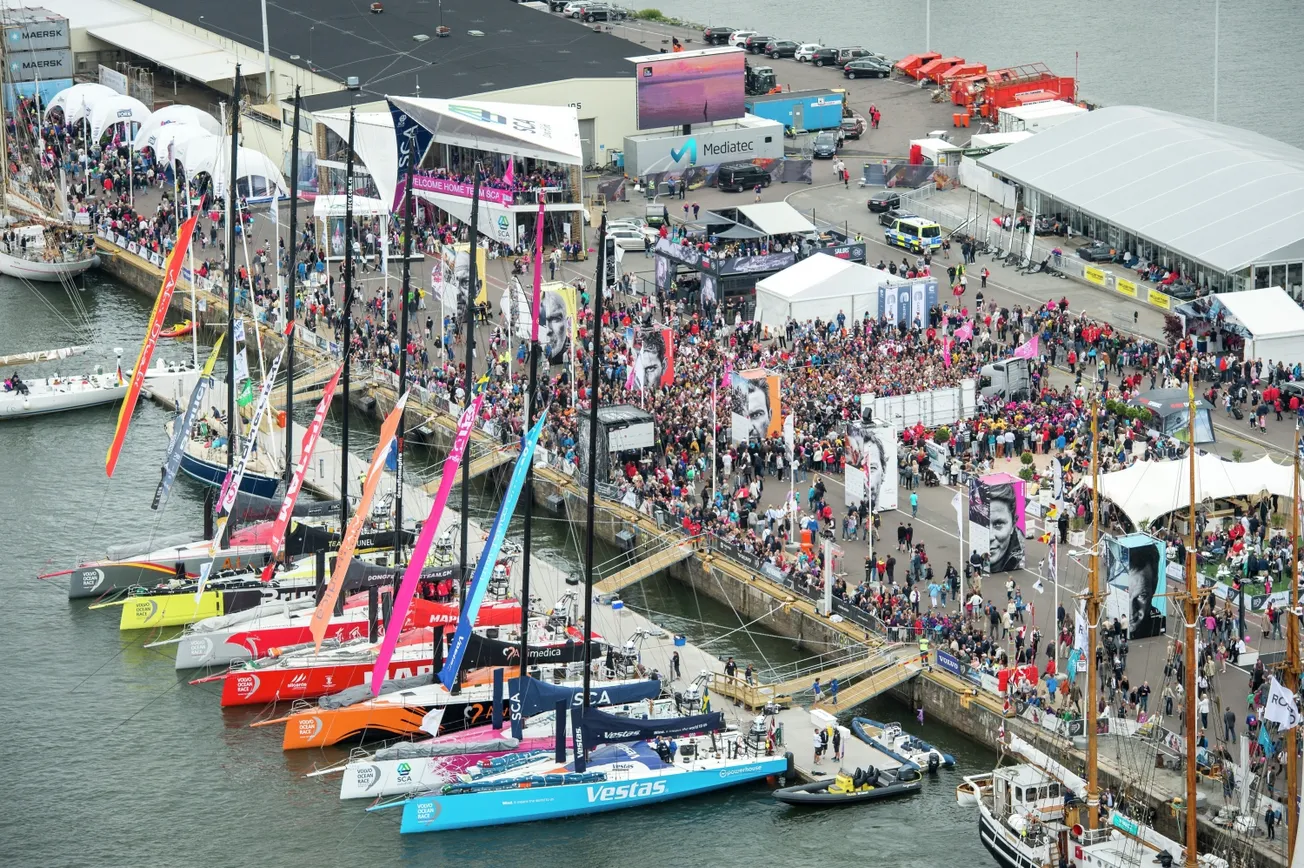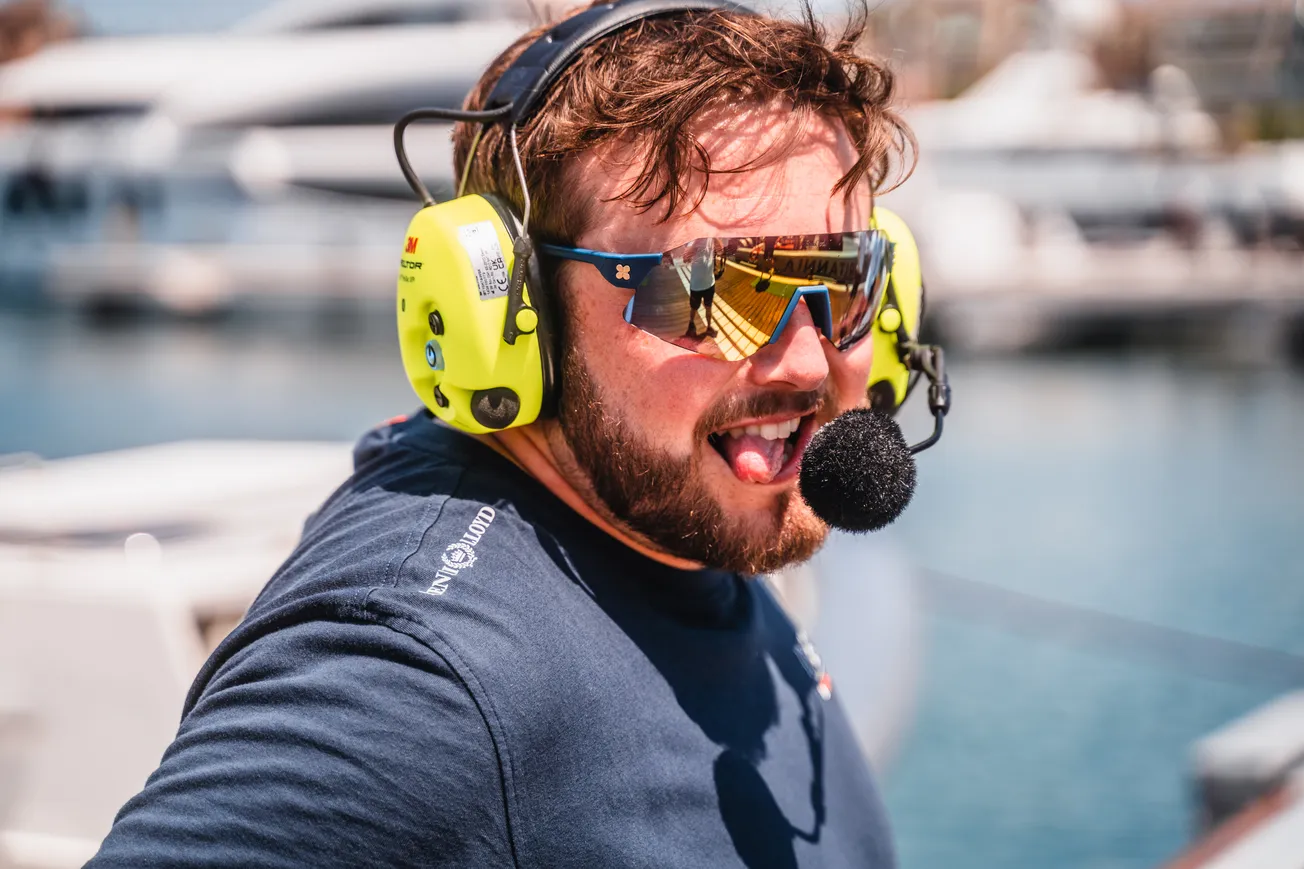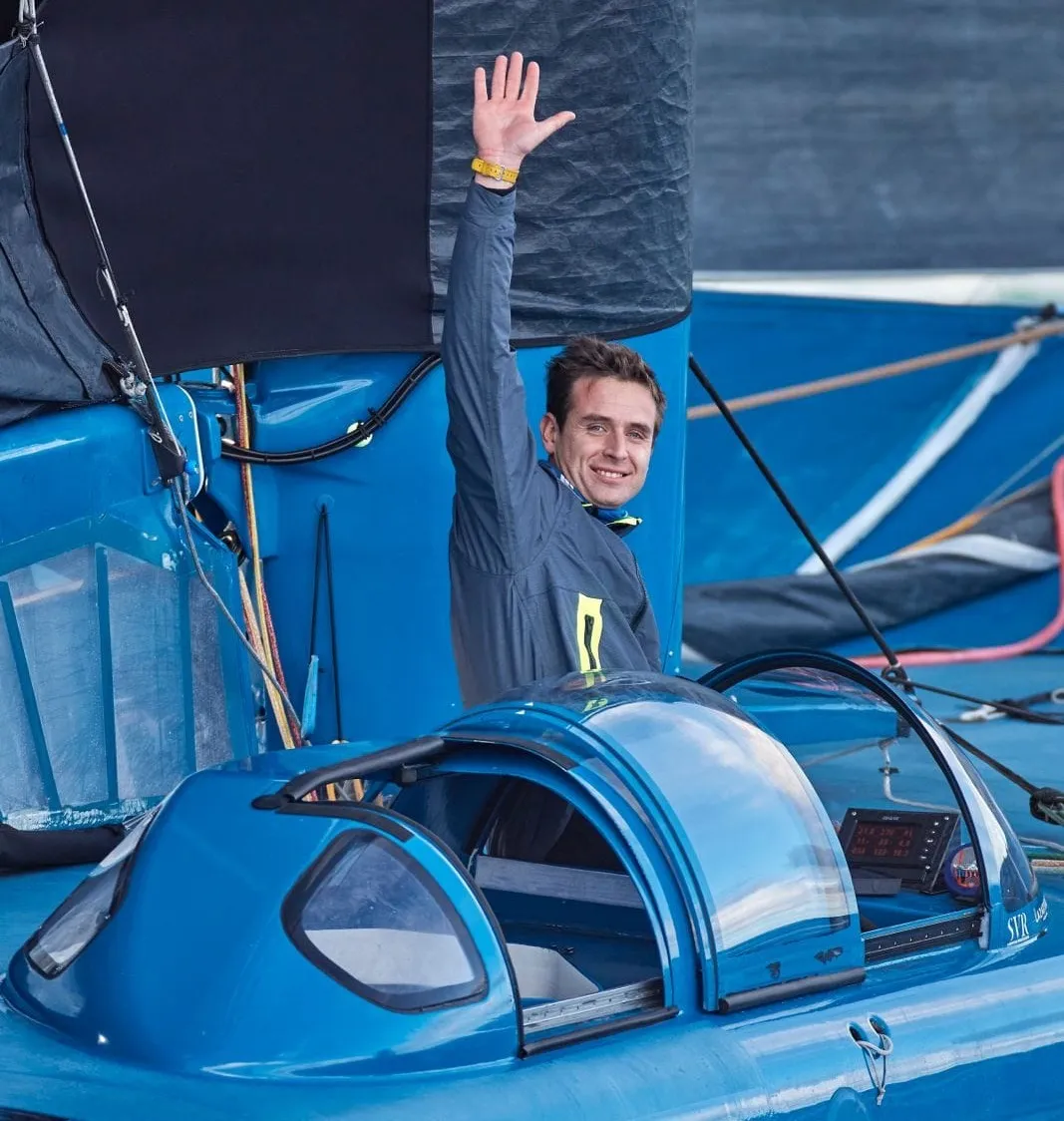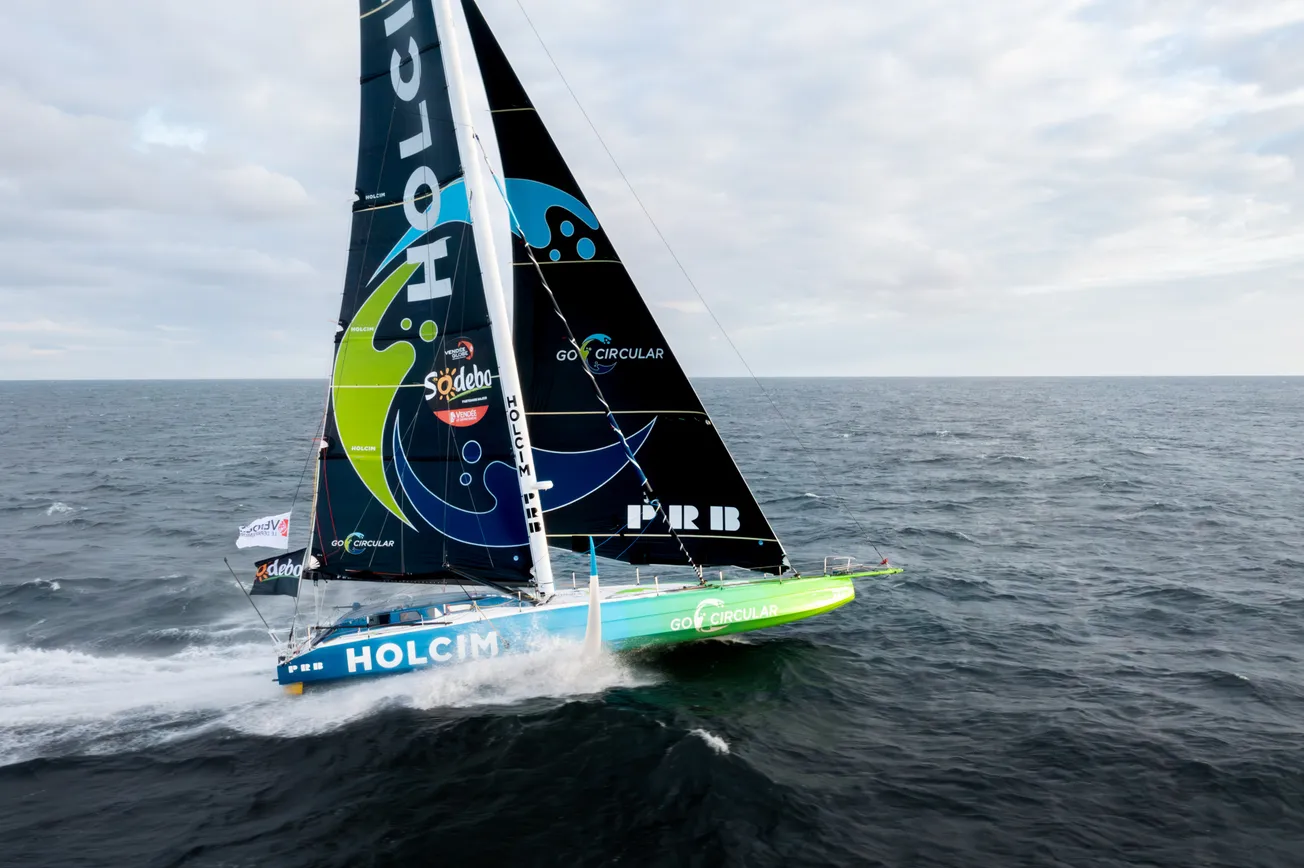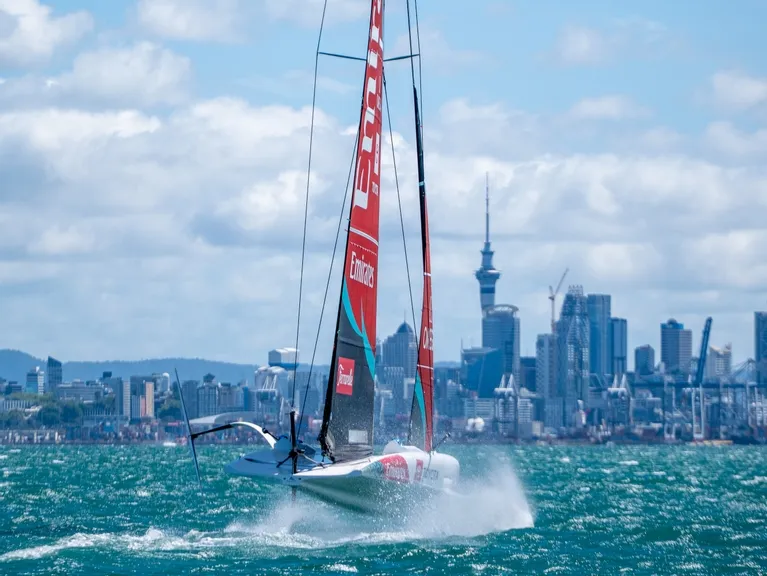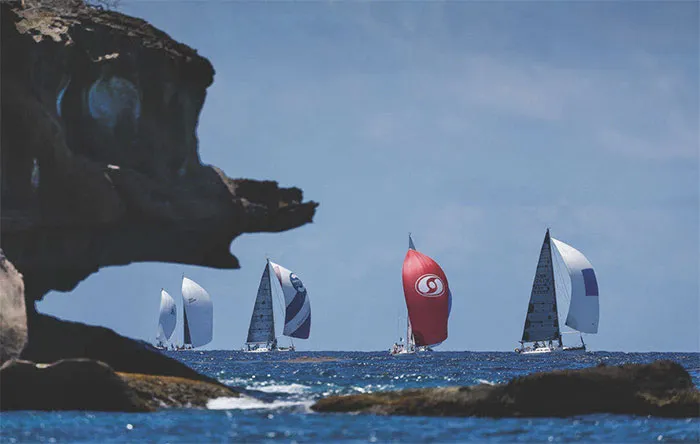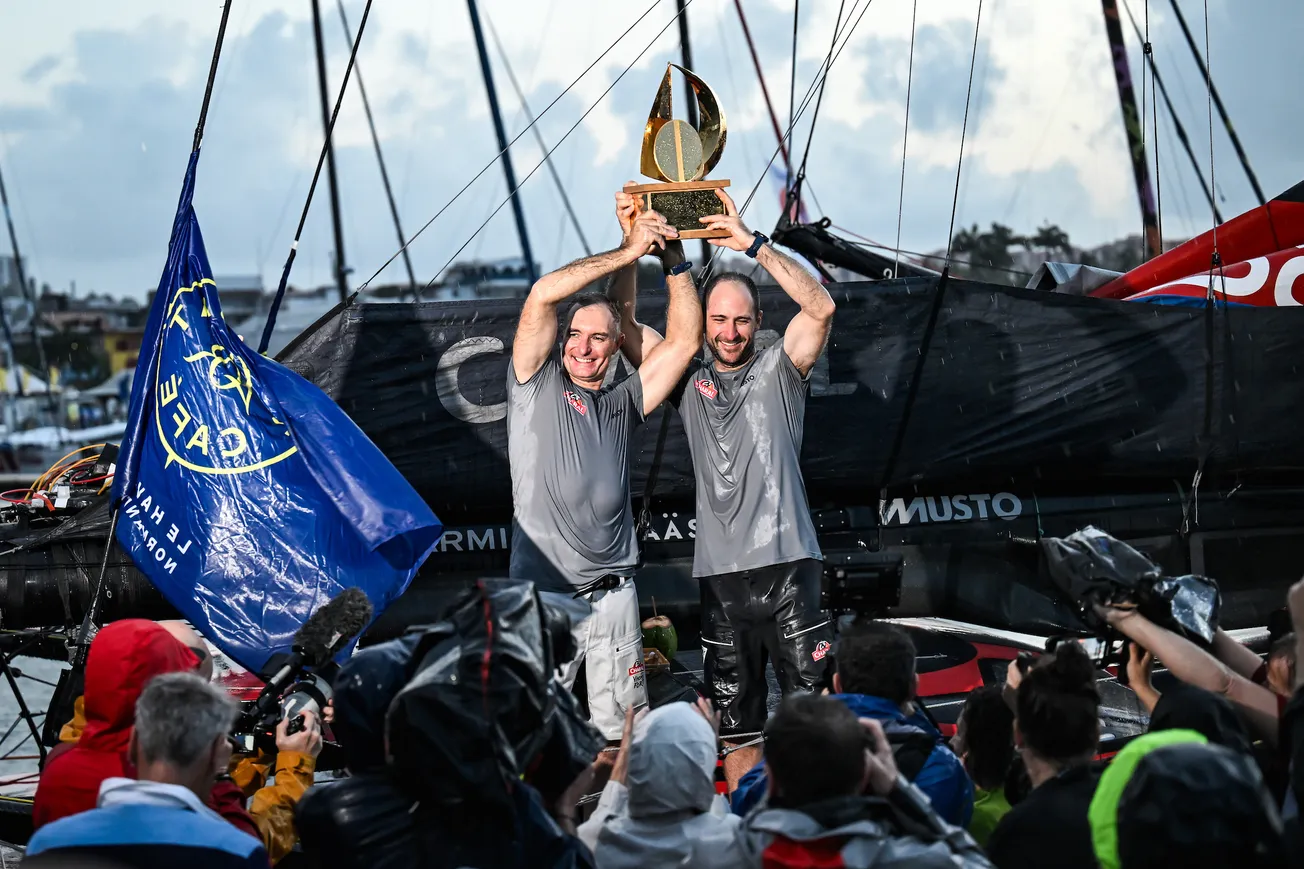

It was a dream job for me and I can still remember the excitement I felt on my first day as I sat down at my desk, right outside the glass-fronted race control room, from where the competing yachts were monitored around-the-clock during racing.
That high tech room looked for all the world like a modified version of the bridge of the Starship Enterprise. It was hallowed ground and the glass door remained locked to all but the race’s senior management – the likes of CEO Knut Frostad, race director Jack Lloyd (RIP), and race control director and meteorologist Gonzalo Infante. Only occasionally would mere mortals like myself be allowed inside.
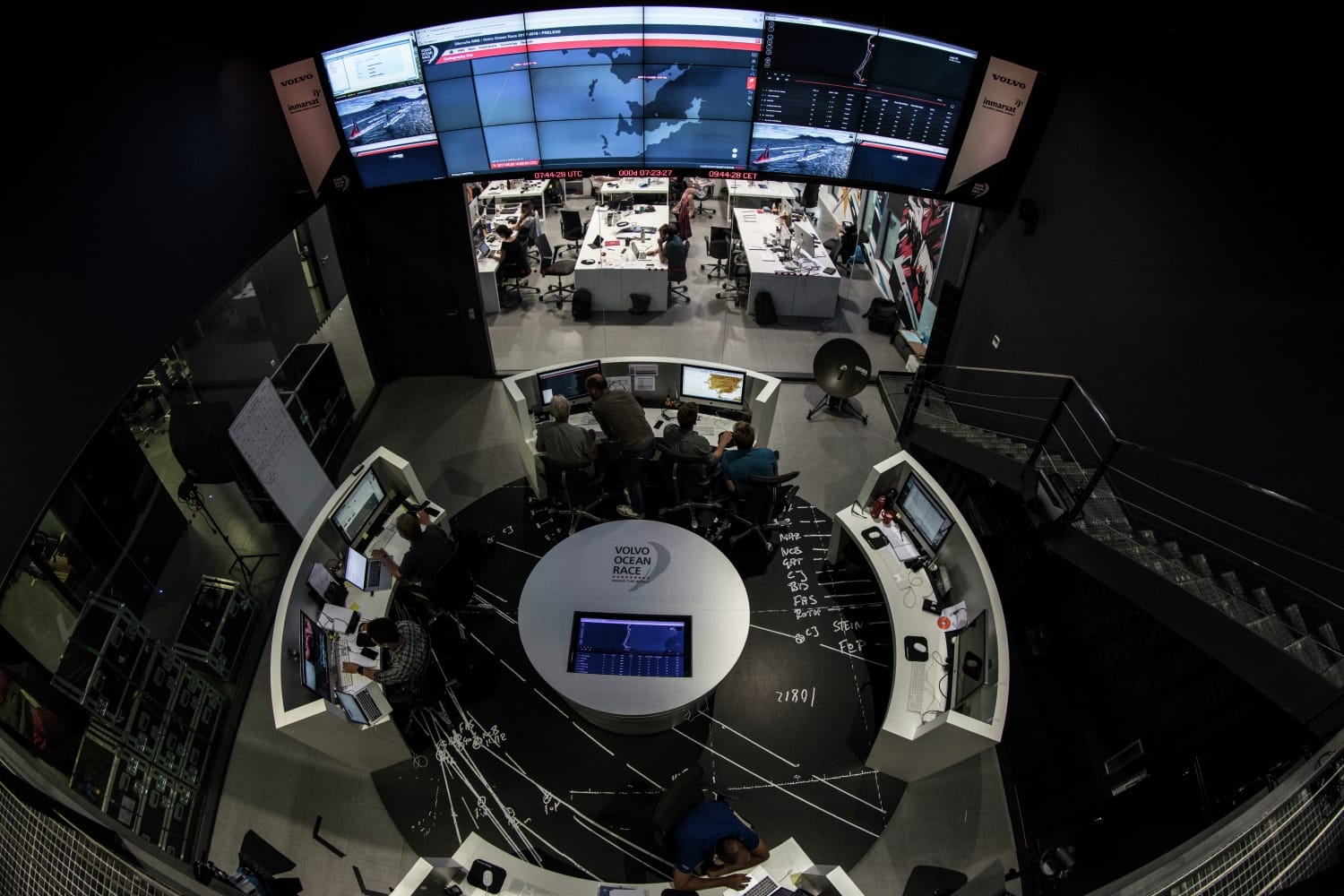
Saturday November 5, 2011 – the first evening of the 2011-12 race – will live in my mind forever.


